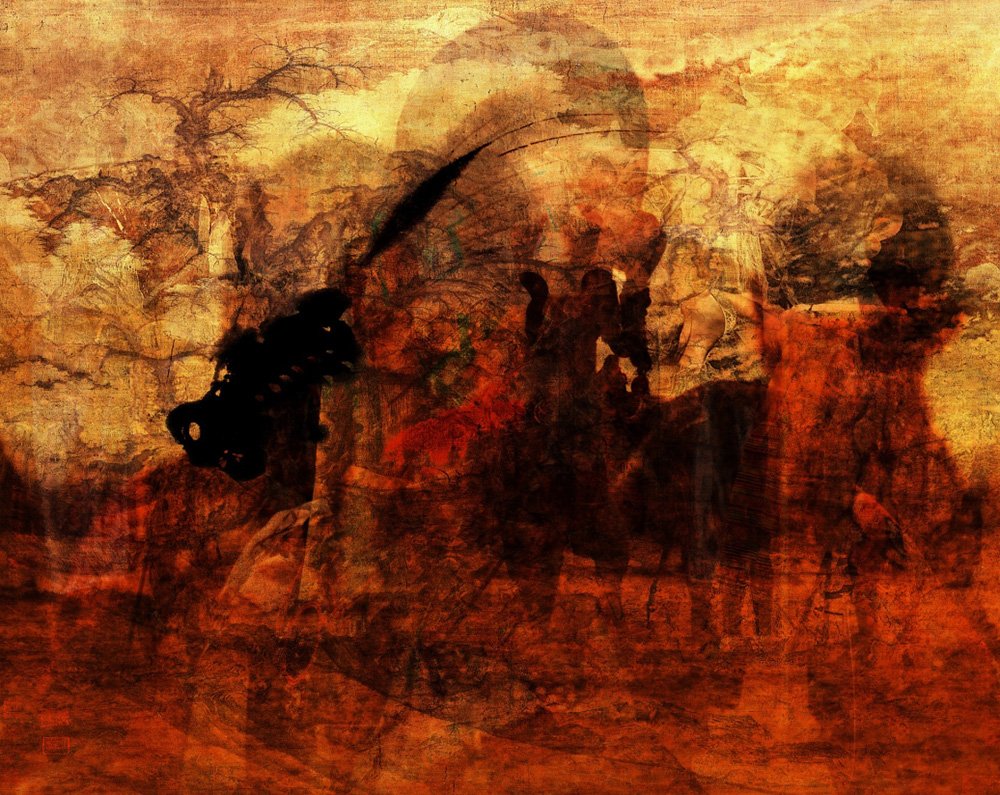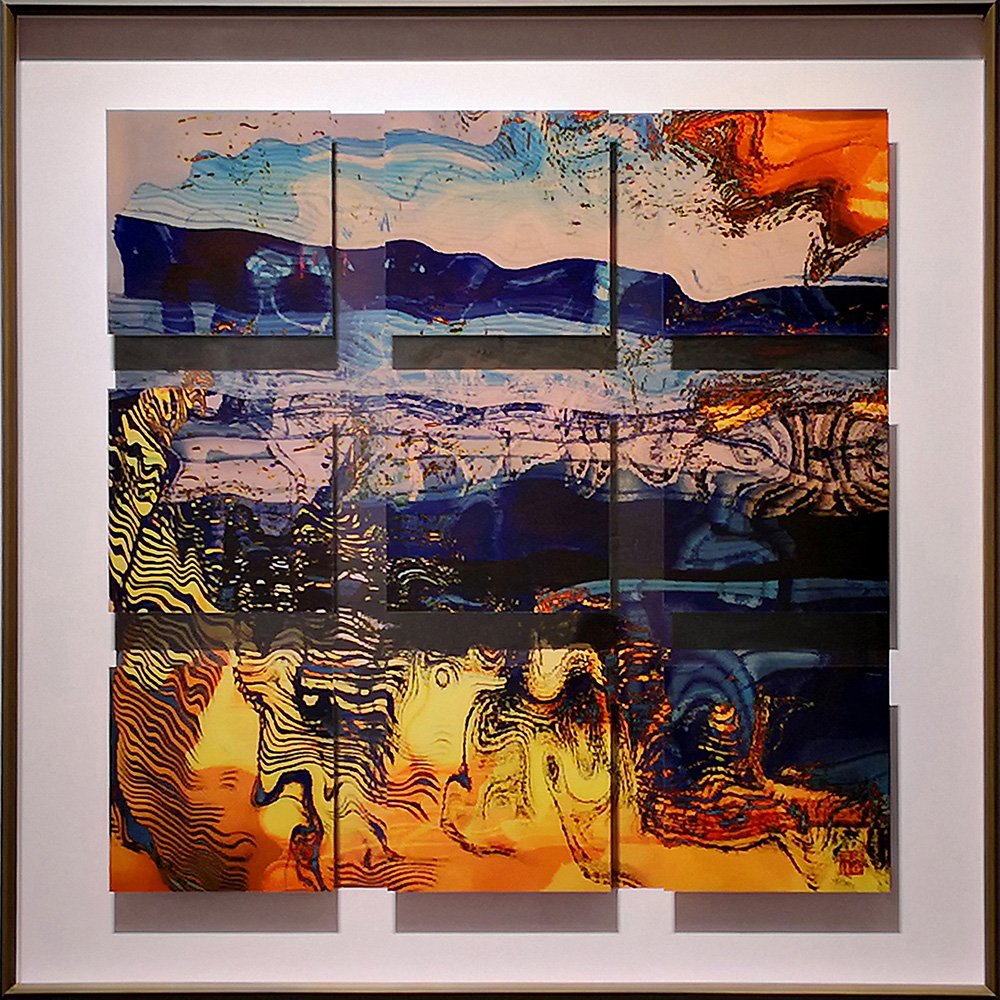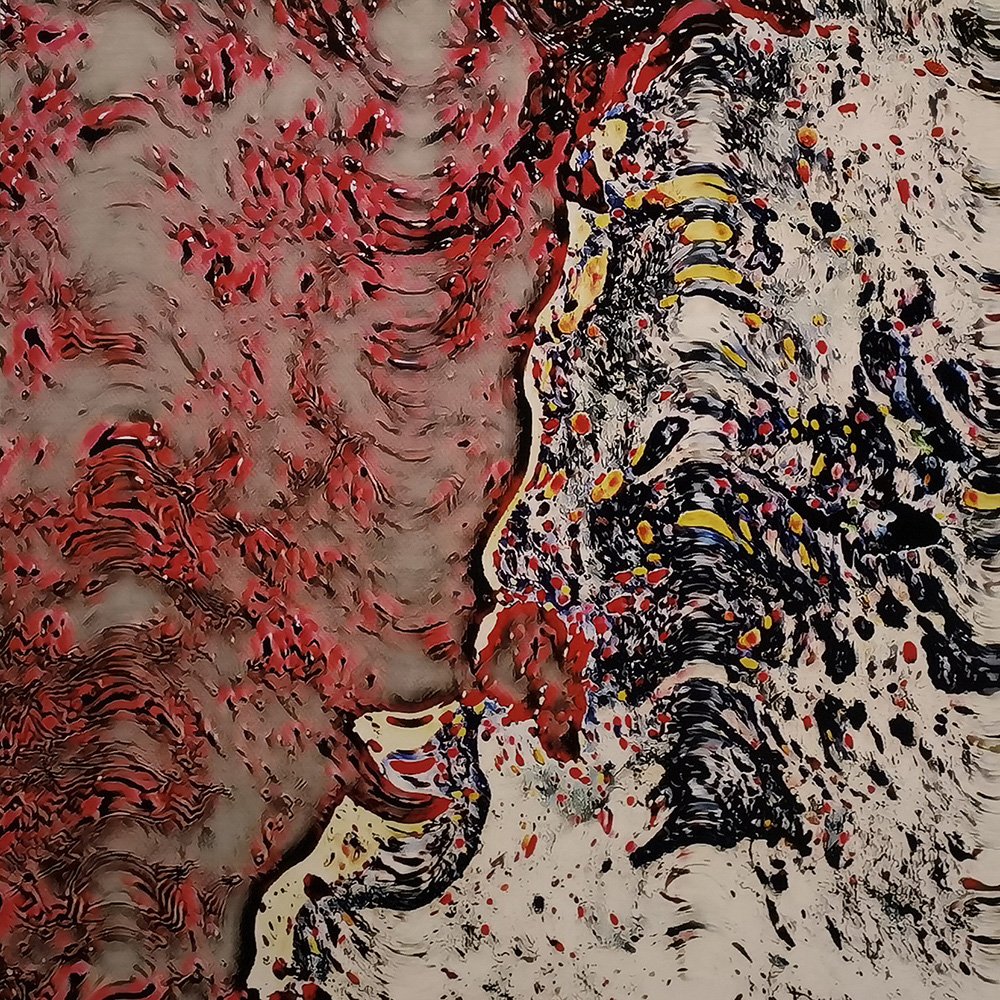Fu Wenjun
You create mixed media works and has proposed an artistic style of Digital Pictorial Photography with strong personal characteristics. You combine different media, including photography and painting, such as oil painting and Chinese painting, sculpture, digital art, etc., to create novel and intriguing works. This style is particularly prominent in your "Photographic Narratives" series, where you flexibly use techniques such as appropriation, juxtaposition, and collage to explore both Eastern and Western cultures through dynamic colors, rich lines and textures, and meaningful combinations. Could you talk about your ideas?
In my "Photographic Narratives" series, I want to discuss the differences and similarities between Eastern and Western cultures. By combining photography with painting, sculpture, digital art, and other media, and using different techniques, I want to make the works full of vitality and imagination, and make them more intriguing and inspiring.
From another perspective, these works are also an exploration of time and memory, but this exploration is happening from your Eastern cultural background.
Yes, you could say they are a kind of exploration of time and memory. By combining the past with the present, the real with the virtual, and abstractly presenting time and memory, I express my personal views on history, culture, and art.
The reason for doing this is inseparable from my cultural background. Chinese culture views time as a cyclical process, a continuous and repetitive progress, rather than a linear progression. Chinese culture also emphasizes respect for history and tradition, believing that history is the root and pillar of culture, and that an understanding of history can inspire an understanding of the present. Memory also has an important place in Chinese culture, as we consider it to be a person's nostalgia and exploration of the past and history. Memory is also seen as an important way to preserve cultural heritage and pass on cultural spirit. Overall, in Chinese culture, time and memory are considered cyclical, historical, and cultural.
From your previous works to now, it's not difficult to see your continuous attention and exploration of historical and cultural heritage, such as your works on China's modern history in the "Twelve Zodiac Signs", "Story of Expo Garden", "Leaving the Stage" series, and your discussions on cultural spirit in the "Thought Reading", "No Realms", " Illusory Metaphorphoses " series. And in the "Misplacement" series, we see that while this creative approach continues, your visual language has become even richer.
In the "Misplacement" series, I incorporated the characteristics of different artistic media such as photography, painting, and sculpture. Each work stands on its own, with the image consisting of two layers. The top layer is divided into nine squares, like a grid or a net, which creates a clear shadow effect under the light. The bottom layer has a flowing feeling like a Chinese ink painting, full of dynamism. With this arrangement, subtle changes occur as the light and the viewer's gaze shift. Overall, there is movement in stillness, and stillness in movement, creating a sense of misplacement. I want to use this richer and more delicate artistic language to present a visual experience that contains contradictions and uncertainties, and thus stimulate the audience's understanding and contemplation of the work.
This sense of flow seems to be further extended into your "Some Time" series in 2022. Twisted images, irregular textures, and bright colors create an atmosphere, as if these elements make up a key to unlocking some kind of memory.
In my view, both time and memory are fluid and full of uncertainty. Time can blur memories, enhance certain memories, make certain memories disappear, and even lead to the reconstruction of memories. This is very interesting. In addition, memories are unique to each individual, even at the same time and place, memories are not uniform in everyone's mind. Just like facing the same artwork, each viewer will have different thoughts, memories, and feelings triggered by it.
As an artist, do you hope that the audience's experience is the same as what you expect?
Art is a form of expression that goes beyond the artist's ideas and intentions. More importantly, it can create interactions with the audience, who can understand and interpret the work based on their own life experiences and feelings. It is normal for the audience's experience to be different from what I expect, because the value of art lies in its ability to inspire people's thinking and discussion.
Has the pandemic caused any new changes in your exploration of time, memory, and history?
The pandemic has had a profound impact on everyone, including artists. During this time, my own focus on history, memory, and cultural heritage has increased, as in such special moments, people often pay more attention to their families, friends, and cultural heritage. The cherish and protection of these heritages may also be stronger. Looking back at the past can help us better understand ourselves and our world, and help us make wiser decisions in the future.
Technology will undoubtedly play an important role in our future life, and many emerging technologies have entered the art world. Are you an artist who embraces technology?
In my view, the changes that technology brings to the human world outweigh the negatives. In my daily life, I pay attention to the emergence of new technologies, and in art, I believe that technology can not only enrich the artist's creative means, but also help explore new ways of creation and think about contemporary society in a timely manner. For a few years ago, I have been actively researching digital art, combining it with my own creative process, and you can see this in works such as "Re-reading of Art History", "1980s," and "Days away from Home" In addition, I have also created some NFT works. AI technology's involvement in artistic creation is a point of interest for me, and I may apply it to my own art in the future.










